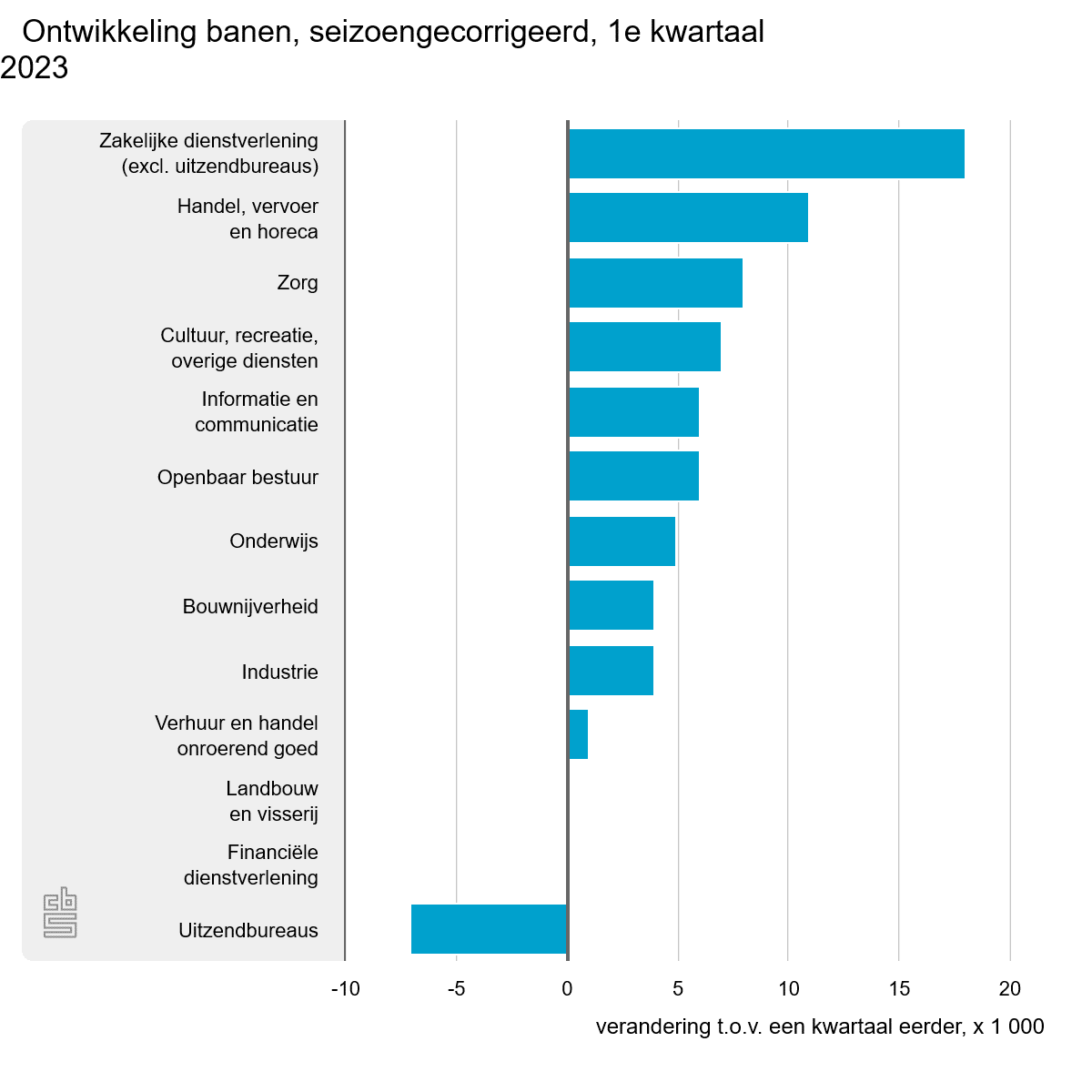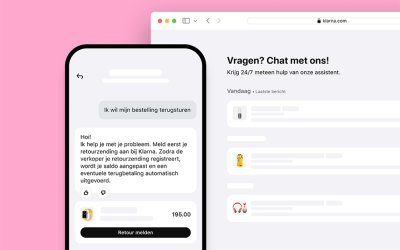Labor market tightness: How a Lean approach improves the work force can strengthen
In today’s competitive business landscape, companies in several sectors, including those in the Netherlands, are facing a pressing concern – a labor shortage. The scarcity of skilled workers has forced organizations to seek innovative solutions to make the most of their existing workforce while maintaining operational efficiency.
Current shortages may stem from several factors, such as aging, part-time work and labor productivity. In the first quarter of 2013, business services added 18,000 jobs, ICT 6,000 and manufacturing 4,000.
One method gaining recognition to address these shortfalls is Lean Transformation. In this article, we will discuss how a Lean approach can be applied to alleviate employee shortages.
1. Problem analysis
- Start by thoroughly analyzing the current state of the organization and identify specific areas where the employee shortage is most acute.
- Use sources such as labor market statistics from CBS to understand the extent of the labor shortage in Dutch sectors and relate it to your own organization. Do you see this proportionately reflected within your company?
2. Create Lean transformation plan
- Bring together relevant stakeholders and define clear goals for a Lean transformation, such as reducing lead times, increasing efficiency and improving employee engagement.
- Use the Hoshin Kanri process to link strategic goals to concrete action plans.
3. Streamlining processes
- Conduct a detailed value stream analysis to map current processes and identify waste.
- Implement basic tools such as the 5S methodology to organize and standardize the workplace.
4. Multi-Skilling
- Use cross-training to train employees for multiple positions so they can be flexibly deployed as needed.
- Apply Job Instruction(JI) to develop standardized work instructions that enable rapid training and performance. Don’t forget the principle behind JI: “If the worker hasn’t learned, the instructor hasn’t taught.”
5. Automation
- Identify repetitive and time-consuming tasks that can be automated.
- Integrate technology solutions such as Robotic Process Automation(RPA) to reduce manual tasks and lighten employee workloads.
6. Continuous Improvement with Kaizen
- Encourage all employees to contribute to continuous improvement through Kaizen events.
- Create a culture of open communication in which suggestions for process improvement are encouraged and rewarded.
7. Employee engagement and training:
- Implement Lean tools such as A3 methodology to engage employees in problem solving and improvement initiatives.
- Invest in training and development to enhance employees’ skills and improve their employability.
8. Performance measurement & KPIs.
- Use Lean metrics such as OEE (Overall Equipment Effectiveness) and Takt Time (elimination of bottlenecks) to measure process efficiency.
- Monitor KPIs such as lead times and customer satisfaction, have a dashboard developed for this purpose to keep it clear.
9. Learning from case studies
- Study case studies of companies that have successfully deployed Lean methods to address labor shortages and other problems, view
here
some of our case studies.
10. Reflection and adaptation
- Conduct regular analyses to assess what works and what can be improved.
- Keep in touch with Lean experts and share experiences with the broader community. Possibly look into joining a knowledge park or association. At Symbol we have many experts, contact us on Linkedin to catch up.
Maximize potency
In a labor-constrained market like the Netherlands, organizations must innovate to optimize their workforce and maintain operational efficiency. Lean Six Sigma offers a structured approach to process improvement that not only streamlines operations, but also enables organizations to make the most of their available workforce. By embracing these principles, companies can address labor shortages while continuing to provide high-quality products and services.
Is your organization facing labor shortages and are you looking for innovative solutions.
Contact us today to find out how we can help you with workforce optimization and operational efficiency.
Also interesting to read
Klarna saved 40 million with AI but lost the trust of its customers
Klarna saved40million with AI but lost the trust of its customersThe question sounds absurd: how do you eat an elephant? But the answer is surprisingly simple and powerful: one step at a time. This metaphor is often used to describe how to tackle large, overwhelming...
How do you eat an elephant?
Dutch productivity is falling again - and that offers precisely opportunitiesLabor productivity in the Netherlands fell again in 2024, CBS figures show. While the economy is growing, the output per hour worked is actually decreasing. A signal that traditional ways of...
From Theory to Practice: Junior Consultant at Stoneridge
From theory to practice: Junior Consultant at Stoneridge Before working at Symbol, Junior Consultant Wisse Bos had never heard of a Production Part Approval Process (PPAP). Now he knows all the terms associated with a PPAP - such as PSW and PCN - like the back of his...



